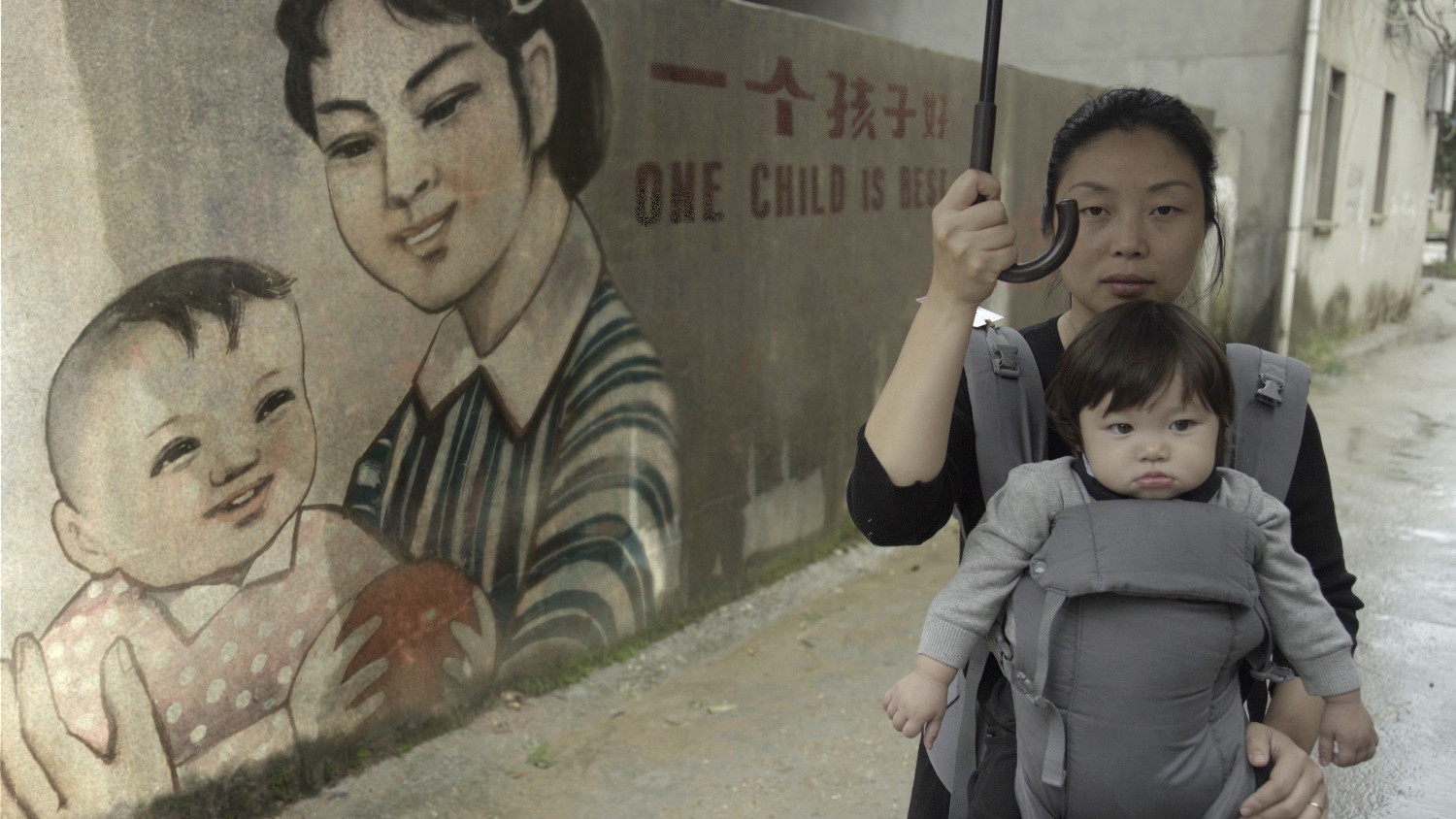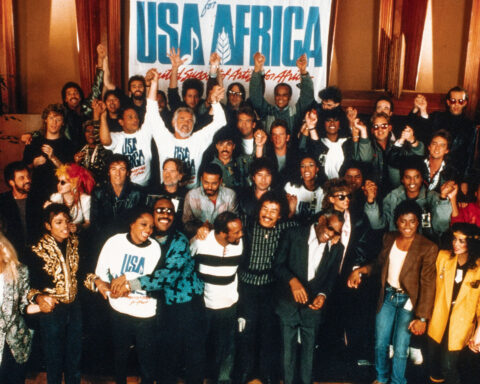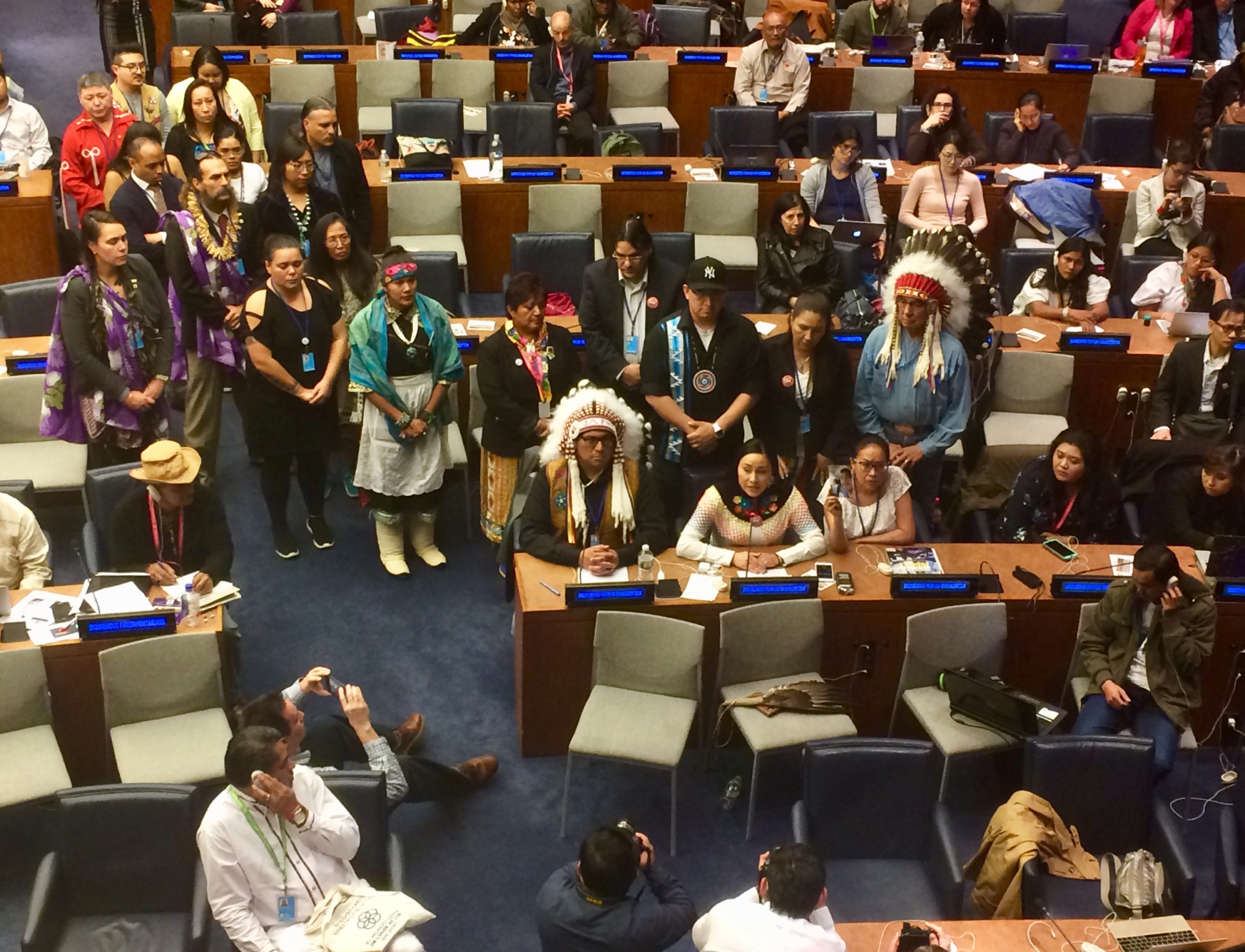The 2010s were a great time for documentaries. Streaming sites like Netflix, Amazon Prime, and Crave might have been considered “disruptors” for the industry, but there’s no denying that they gave documentaries a reach unlike any they enjoyed before. At the same time, the increased appetite for documentary coincided with a decade of innovation and an expansion of our idea of what constitutes a documentary as hybrids and docu-dramas became more frequent and, to an extent, embraced. Appropriately enough, docs might have ended the decade with their best year yet.
Documentaries continue to lead the field as the industry pushes for parity and a wider range of voices represented. The films of 2019 reflect this improvement, both the Canadian docs and the international ones listed below. [Read Marc Glassman’s picks for the must-see Canadian docs of 2019 here.]
With 2019 being such a strong year for documentary, particularly international ones, it’s a bit surprising that most of the year-end gongs reflect the same list of five to six films. Admittedly, POV’s list of the best international films of 2019 includes all the consensus favourites—as well as a few gems to watch out for in case they’re back in town for a theatrical release.
The Top Ten International Documentaries of 2019:
American Factory
Dirs. Julia Reichert & Steven Bognar | USA
At what cost must the citizens of the USA continue to pursue the American dream? Julia Reichert and Steven Bognar’s American Factory offers an engrossing portrait of a nation at a crossroads by observing the machinations of a manufacturing plant in the heartland of Trump’s America. The film takes audiences to Fuyao Glass America in Dayton, Ohio where a Chinese tycoon has given renewed hope to a town after a plant closed and devastated residents. The directors gather perspectives from both sides of the situation as Americans and Chinese workers toil in uneasy solidarity, and they invite commentary from workers at all levels of the industrial ladder. The film captures the immense chasm between haves and have nots that widens as America seeks to make itself great again by pursuing a false promise that few citizens ever had a realistic chance at attaining. This penetrating film asks audiences to weigh their values and determine the price of their happiness.
Apollo 11
Dir. Todd Douglas Miller | USA
Nostalgia is all the rage these days, so don’t let the Boomers discuss Apollo 11 solely in terms of “I remember when….” Todd Douglas Miller’s all-archival opus recaptures a milestone of human endeavour with its depiction of the moon landing, which looks so immediate that one could almost talk about Neil Armstrong’s giant leap in the present tense. The film restores valuable footage of the moon landing, nor can one forget the immersive sound design that harnesses an additional layer of archival material in the audio. Better yet is the way in which these archival nuggets work in service of a great story. Apollo 11 lets audiences experience this landmark event from nearly every perspective. From the men on the moon to the geeks in the control room, Apollo 11 offers everyone a best seat in the house view of an event that changed the world.
The Cave
Dir. Feras Fayyad | Denmark/Syria/Germany
Feras Fayyad offers a compelling story on the situation in Syria with this harrowing portrait of a dedicated doctor. The Cave takes audiences into an underground hospital in Ghouta where a handful of people—mainly women—tend to the wounded as the country endures attack after attack. Shot over two years in the tight quarters of the hospital, The Cave provides astonishingly gripping footage of the collective effort to survive and save lives. Fayyad’s all-seeing cameras capture life-saving heroics as well as the quotidian elements of life during wartime. A nerve gas attack is as unsettling as the mere chore of cooking rice as the hospital staff endures the ever-present threat of death. Fuelled by a chorus of compelling characters and a hopeful story in a conflict where faith is all but lost, Fayyad’s film is a welcome perspective on a conflict we’re just barely beginning to understand.
Desert One
Dir. Barbara Kopple | USA
Desert One shows Barbara Kopple, the Harlan Country, USA and American Dream director, in top form with a hot-blooded portrait of a milestone in American history. The film looks at an unsuccessful rescue mission during the Iranian hostage crisis and gives a fuller account to a generation of viewers that might assume Argo tells the full story. As she did in her aforementioned Oscar winners, Kopple gains access to all the players in the affair. From the Americans praying for salvation to the soldiers risking their lives to save them and the Iranians fighting for a cause, Kopple leaves no stone unturned. Especially valuable are interviews with President Jimmy Carter and audio recordings of the Commander in Chief learning of the mission’s failure in real time, all the while maintaining a level of dignity the USA sorely needs today. It’s an absolute delight to see a master filmmaker deliver a work with such an astonishing range of access and breadth of research. Kopple makes an expert mission look easy.
For Sama
Dirs. Waad al-Kateab & Edward Watts | UK/USA/Syria
If any filmmaker deserves recognition for maintaining courage under fire, the honour belongs to Syrian journalist and director Waad al-Kateab, whose actions can only be described as heroic. The result of her bravery is For Sama, a debut feature directed with Brit Edward Watts. The film features the most urgent and immediate footage one has ever seen from the revolution in Syria. For Sama provides an eyewitness account of history as al-Kateab resolutely remains in Aleppo to document the horrible violence committed by the regime against the people of Syria. The task becomes especially compelling when al-Kateab becomes pregnant and has a child, Sama, for whom she remains in the epicentre of violence, fighting for a country that her daughter can proudly call her own. For Sama intimately connects the personal and the political as al-Kateab’s role as a mother becomes inextricable from her responsibility as a filmmaker as she captures evidence of the horrors of war. The result is a heartbreaking experience—and one that is absolutely vital in capturing the revolution from both the micro and macro levels.
Honeyland
Dirs. Ljubomir Stefanov & Tamara Kotevska | North Macedonia
A Macedonian observational film about a beekeeper might not sound like dynamite on paper, but Honeyland proves that audiences have open minds and discerning tastes. This film embedded itself within the isolated world of rural Macedonian Hatidze Muratoya and struck documentary gold. The film witnesses the day-to-day activities in which the traditional beekeeper performs her routines while caring for her bees and sharing the fruits of their labours. As a nomadic family muscles its way into Hatidze’s territory and invades her harvest, the filmmakers capture some riveting human drama. There is an astonishing range of coverage and access to be found in Honeyland as Hatidze welcomes the filmmakers to her side through difficult times. What the film finds in her struggle is an urgent message for sustainability and a reminder to trust the knowledge and customs of caretakers who harvest the land and preserve it for generations to come.
Letter to the Editor
Dir. Alan Berliner | USA
There is something undeniably romantic about print. Newspapers and magazines offer messages that keep readers up to date and informed. They are also invaluable time capsules and historical records. At a time when our culture shifts to digital and favours the ephemeral, Alan Berliner demonstrates the value of print media. Letter to the Editor offers an entertaining and insightful account of the director’s relationship to media told entirely photographs from The New York Times. The conceit celebrates print and images as both a preserver of and vessel for history. Berliner’s film is an ode to hoarding as he mines countless stacks of newspapers to illustrate the role outlets like the Times play in shaping our lives. From mundane reportage to front-page accounts of history-making events, Berliner captures modern history from a diversity of perspectives that diminish with each outlet that closes its doors. The film is as playful as it is perceptive as Berliner uses his personal relationship with print media to champion the power of the press at a time when it’s gravely under attack.
One Child Nation
Dirs. Nanfu Wang & Jialing Zhang | USA
Much like For Sama, One Child Nation could only exist with its director as its protagonist. This personal journey for Nanfu Wang, directed with Jialing Zhang, sees the filmmaker return home to China after giving birth. Wang visits her family and confronts the One-Child Policy that forced countless citizens to make unfathomable choices in the name of patriotic duty. Wang looks at her country, family, friends, and neighbours through the eyes of a mother devoted to her child. What follows is a profoundly moving interrogation of the power of propaganda and the dangers of willful blindness. Wang’s skill as a filmmaker is most evident in her interviews that capture the mechanics with which her compatriots internalized the message that having one child was for the benefit of the nation. She reveals a collective reckoning and a nation’s guilt. This fearless study unpacks the duties one has to one’s family and country as her interviewees, most notably a former abortionist in the film’s most moving sequence, articulate the gravity of their actions. Emotionally arduous and painful with its frankness, One Child Nation stands atop the field as the best in a most excellent year for documentary.
Rolling Thunder Revue: A Bob Dylan Story by Martin Scorsese
Dir. Martin Scorsese | USA
A colleague on Twitter recently remarked that outlets like POV shouldn’t be talking about Rolling Thunder Revue within the frame of documentary. I politely disagree. Rolling Thunder Revue illustrates the magic that happens when filmmakers look beyond the Griersonian definition of documentary and create something new in the space between fiction and non-fiction. While there’s no denying that Martin Scorsese’s rollicking portrait of Bob Dylan’s travelling circus divided the POV team unlike any film did this year, one also can’t overlook the fact that it continues to fuel a great discussion. Scorsese openly plays fast and loose with film form, history, and documentary in Rolling Thunder. By bending the lines between fiction and non-fiction, Scorsese transforms what could have been yet another hagiographic music doc into a highly entertaining essay on the subjectivity of history and memory. Even the accounts of Dylan’s Rolling Thunder Revue from nostalgic attendees are highly dubious given the amount of drugs that fuelled the experience. Scorsese’s film taps into the acid-hazed glasses with which Boomers recall history.
Symphony of the Ursus Factory
Dir. Jaśmina Wójcik | Poland
Here’s one for the weirdos. This delightfully peculiar film by Jaśmina Wójcik is the kind of artfully adventurous doc that one can only see at the best of festivals. Symphony of the Ursus Factory offers an industrial opus of sorts as the Polish director pays tribute to a closed manufacturing plant. Rather, the film is a tribute to the people who operated said plant as Wójcik assembles veterans of the Ursus factory to resume their duties for a mock celebration. Machines whir and wheels grind as the labourers pantomime their former duties as a kind of contemporary dance. Devoid of any functional machinery, save for a wonderful ballet of tractors, Symphony of the Ursus Factory gets the last laugh on industrialization as people endure when there is nobody left to run the machines.
Honourable mentions: Knock Down the House, The Valley, Western Stars
Read More: The Best Canadian Documentaries of 2019
Share your picks for the must-see Canadian films of 2019 in the comments below, or on Facebook and Twitter.














